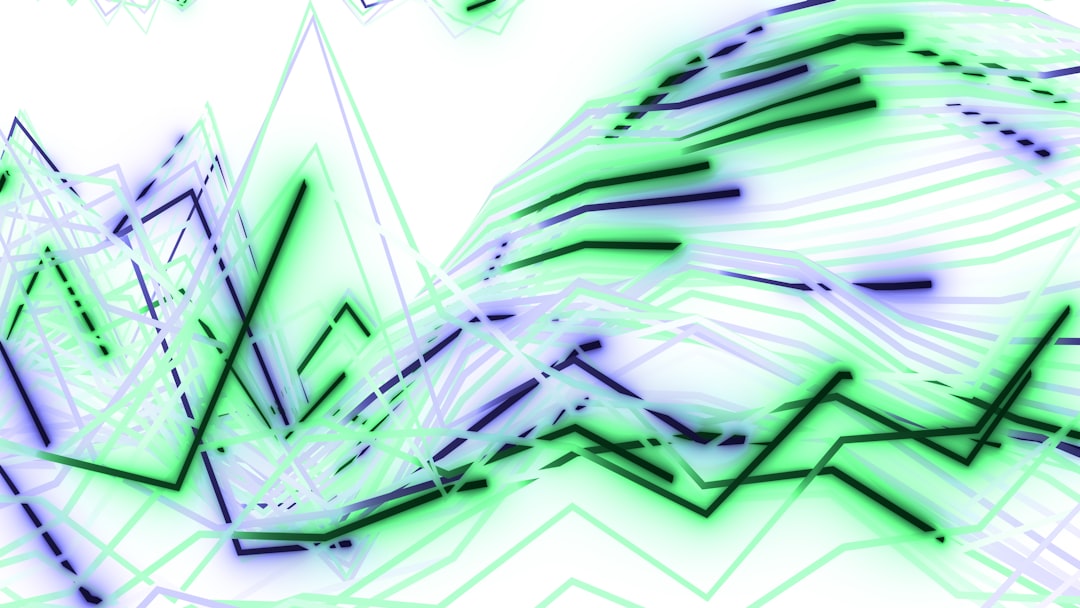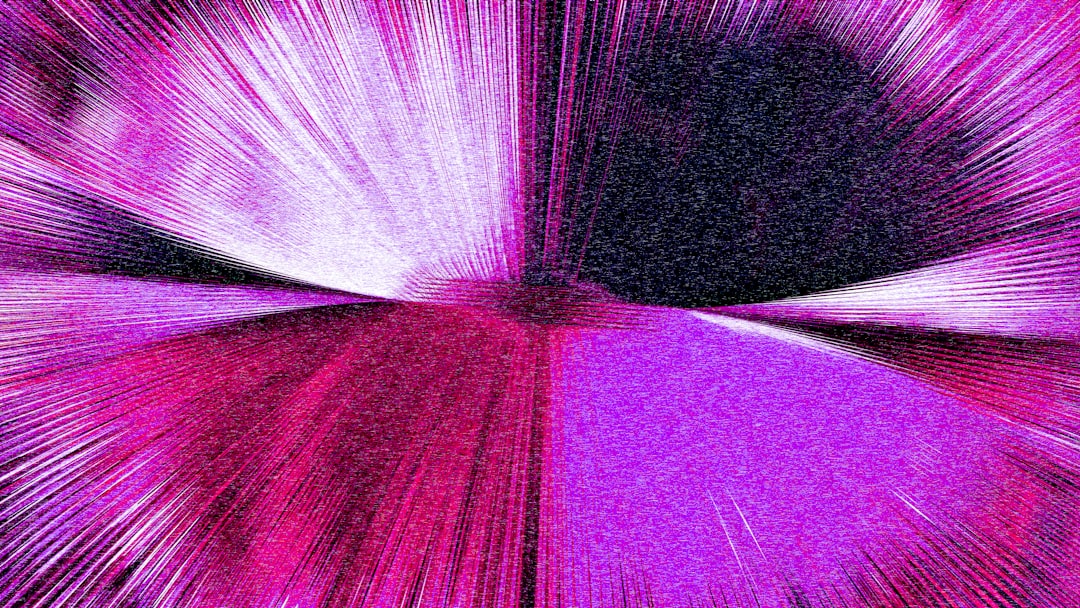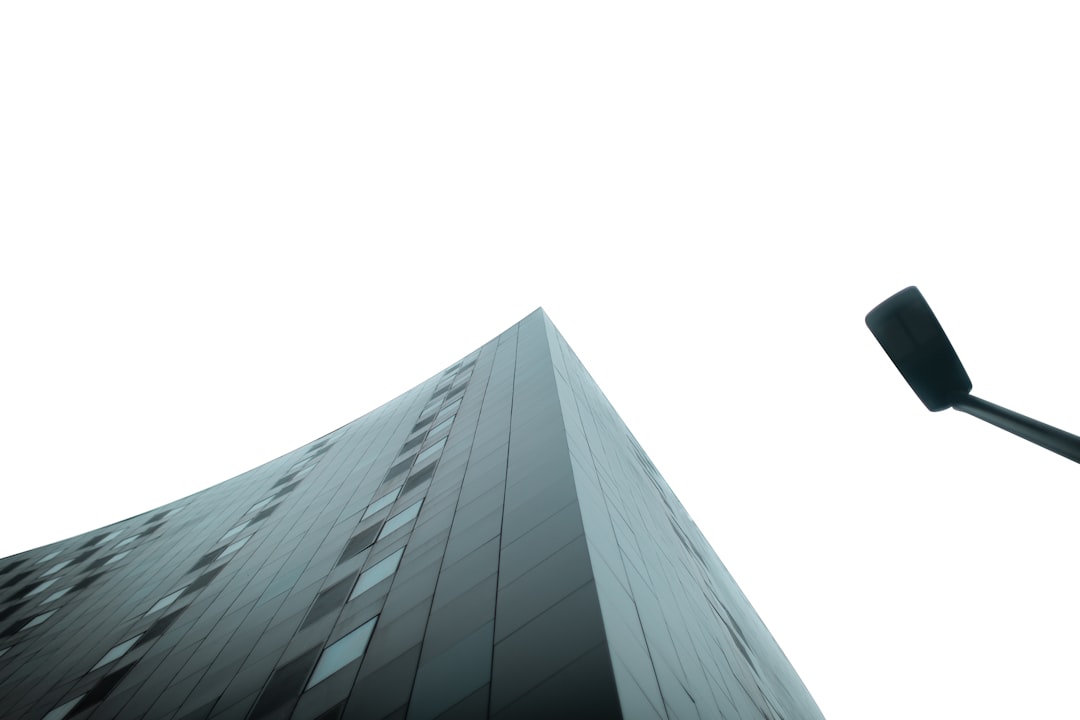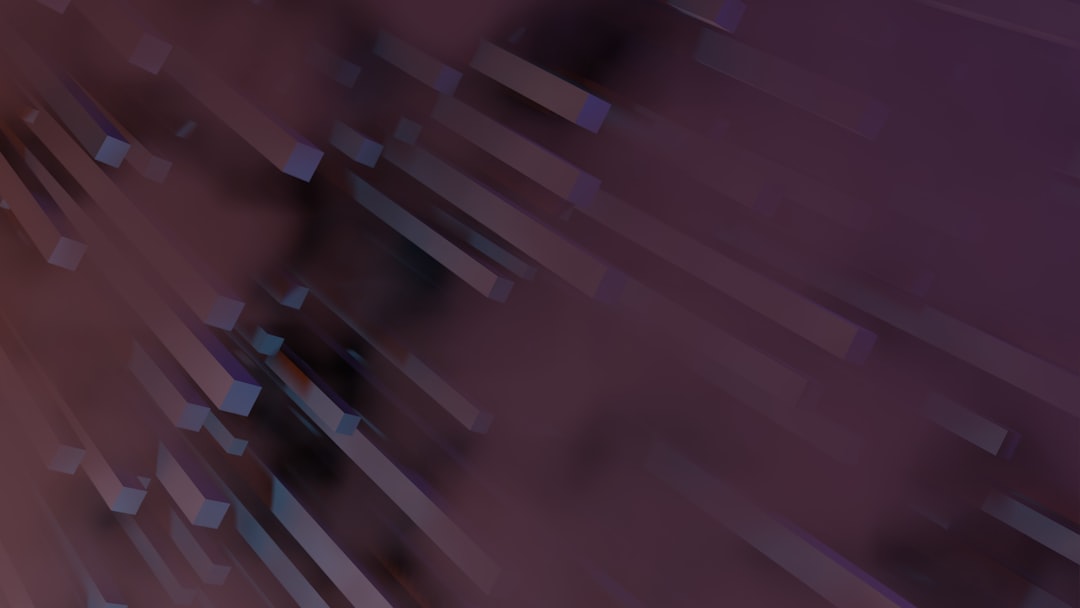NextGenBeing Founder

Listen to Article
Loading...Introduction to Autonomous Navigation Systems
When it comes to autonomous navigation, two popular options stand out: ROS 2 Navigation and OpenCV 4.7 SLAM algorithms. Both have their strengths and weaknesses, but which one is best for robotic process automation? In this article, I'll share my experience with both systems, highlighting their differences, advantages, and disadvantages.
Background: Why Autonomous Navigation Matters
Autonomous navigation is crucial for robotic process automation, enabling robots to move around and interact with their environment without human intervention. This technology has numerous applications, from warehouse management to healthcare. However, implementing autonomous navigation can be challenging, especially when choosing the right system.
ROS 2 Navigation: An Overview
ROS 2 (Robot Operating System) is an open-source software framework that provides a wide range of tools and libraries for building robot applications. Its navigation system is designed to provide a flexible and modular way to implement autonomous navigation. With ROS 2, you can create complex navigation behaviors using a variety of algorithms, including SLAM (Simultaneous Localization and Mapping).
Advantages of ROS 2 Navigation
- Modular architecture: ROS 2's modular design makes it easy to integrate with other components and systems.
- Flexible algorithm support: ROS 2 supports a wide range of navigation algorithms, including SLAM, Monte Carlo localization, and more.
- Large community: ROS 2 has a large and active community, ensuring there are plenty of resources available for learning and troubleshooting.
Disadvantages of ROS 2 Navigation
- Steep learning curve: ROS 2 can be overwhelming for beginners, especially those without prior experience in robotics or programming.
- Resource-intensive: ROS 2 requires significant computational resources, which can be a challenge for smaller robots or those with limited processing power.
OpenCV 4.7 SLAM Algorithms: An Overview
OpenCV is a popular computer vision library that provides a wide range of tools and functions for image and video processing. Its SLAM algorithms are designed to provide a robust and efficient way to implement autonomous navigation. With OpenCV 4.7, you can create SLAM-based navigation systems using a variety of techniques, including feature-based SLAM and direct SLAM.
Advantages of OpenCV 4.7 SLAM Algorithms
- Easy to use: OpenCV 4.7 provides a simple and intuitive API for implementing SLAM algorithms.
- Fast and efficient: OpenCV 4.7's SLAM algorithms are optimized for performance, making them suitable for real-time applications.
- Cross-platform support: OpenCV 4.7 is available on multiple platforms, including Windows, Linux, and macOS.
Disadvantages of OpenCV 4.7 SLAM Algorithms
- Limited flexibility: OpenCV 4.7's SLAM algorithms are designed for specific use cases and may not be easily adaptable to other scenarios.
- Less community support: While OpenCV has a large community, its SLAM algorithms may not receive the same level of support and attention as ROS 2.
Comparison: ROS 2 Navigation vs OpenCV 4.7 SLAM Algorithms
So, which system is best for robotic process automation? The answer depends on your specific needs and requirements. If you need a flexible and modular navigation system with a large community, ROS 2 may be the better choice. However, if you're looking for a simple and efficient SLAM algorithm with cross-platform support, OpenCV 4.7 may be the way to go.
Example Code: ROS 2 Navigation
import rclpy
from rclpy.node import Node
from rclpy.executors import ExternalShutdownException
class NavigationNode(Node):
def __init__(self):
super().__init__('navigation_node')
self.get_logger().info('Navigation node started')
def navigate(self):
# Navigation logic goes here
pass
Example Code: OpenCV 4.7 SLAM Algorithm
import cv2
import numpy as np
# Load video capture device
cap = cv2.VideoCapture(0)
while True:
ret, frame = cap.read()
if not ret:
break
# SLAM algorithm logic goes here
gray = cv2.cvtColor(frame, cv2.COLOR_BGR2GRAY)
cv2.imshow('SLAM', gray)
if cv2.waitKey(1) & 0xFF == ord('q'):
break
Conclusion
In conclusion, both ROS 2 Navigation and OpenCV 4.7 SLAM algorithms have their strengths and weaknesses. By understanding the advantages and disadvantages of each system, you can make an informed decision about which one to use for your robotic process automation needs. Remember to consider factors such as flexibility, performance, and community support when choosing a navigation system.
Never Miss an Article
Get our best content delivered to your inbox weekly. No spam, unsubscribe anytime.
Comments (0)
Please log in to leave a comment.
Log InRelated Articles

Mastering Quantum Circuit Optimization with Qiskit 0.43 and Cirq 1.2
Oct 26, 2025

Turbocharge Your LLMs: Unlock 20% Better Accuracy with Claude 2.1 and Hugging Face Transformers 5.6
Oct 23, 2025

Unlock 90% Accuracy: Fine-Tuning Claude 2.0 with Retrieval Augmented Generation (RAG) for Complex Question Answering
Oct 23, 2025
🔥 Trending Now
Trending Now
The most viewed posts this week
📚 More Like This
Related Articles
Explore related content in the same category and topics

Diffusion Models vs Generative Adversarial Networks: A Comparative Analysis

Implementing Zero Trust Architecture with OAuth 2.1 and OpenID Connect 1.1: A Practical Guide

Implementing Authentication, Authorization, and Validation in Laravel 9 APIs


